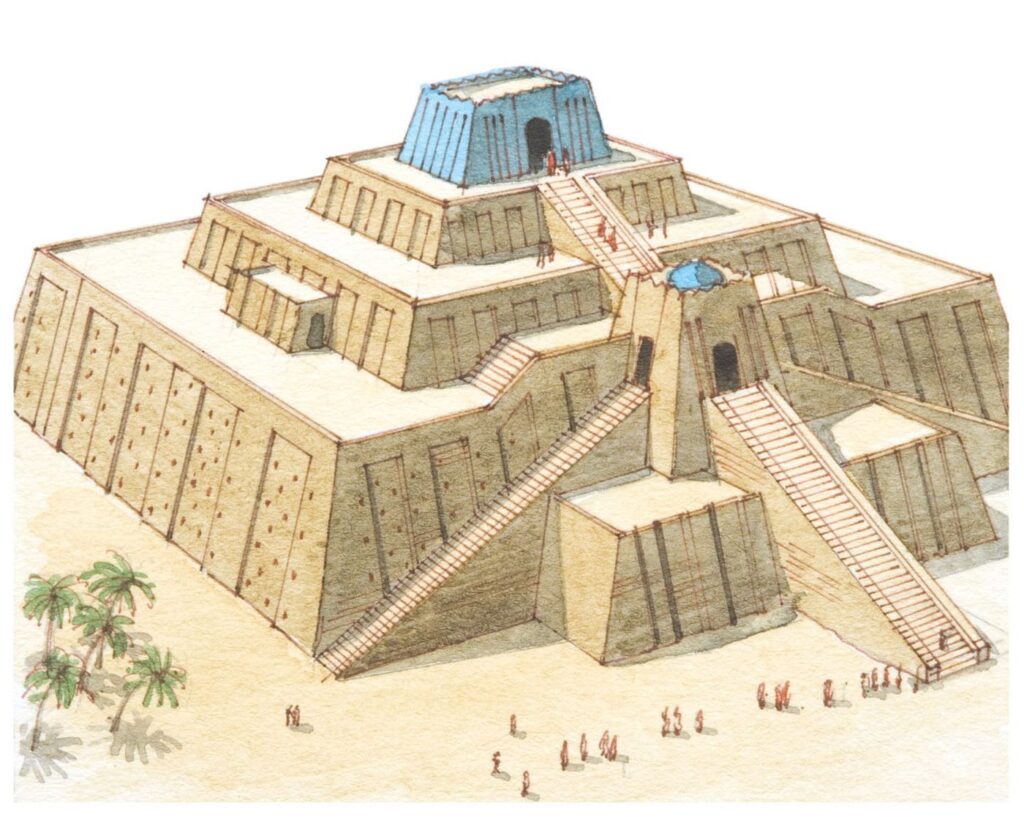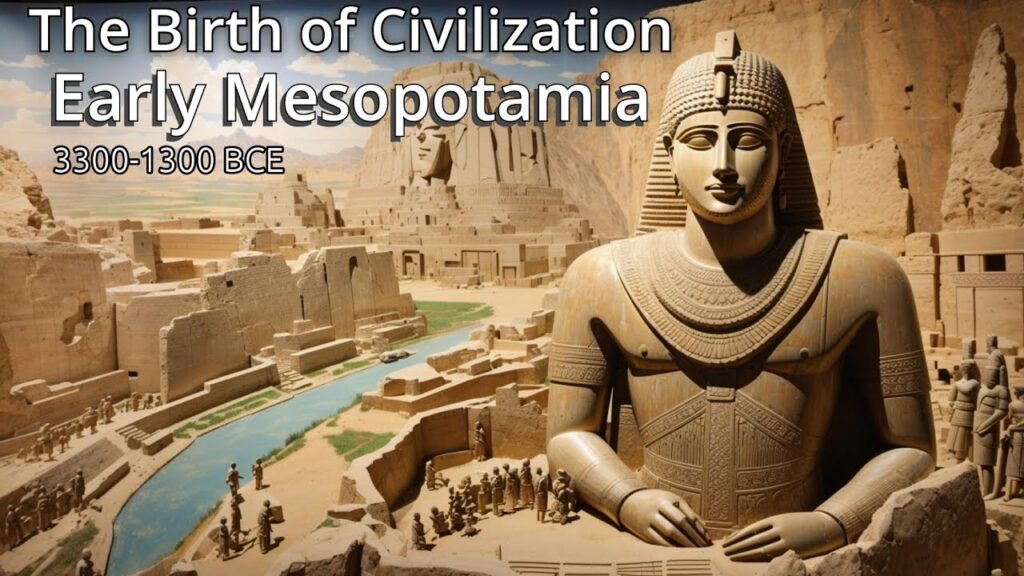The Digital Revolution: A Comprehensive Overview
Introduction
The Digital Revolution, also known as the Third Industrial Revolution, refers to the shift from analog, mechanical, and electronic technology to digital technology that began in the late 20th century. This transformation has had profound impacts on society, the economy, and culture, changing the way we live, work, and interact. This article provides an in-depth exploration of the origins, key developments, major technologies, and the ongoing implications of the Digital Revolution.
Origins of the Digital Revolution
Pre-Digital Era
Before the Digital Revolution, the world relied heavily on analog technology and mechanical systems:
- Industrial Revolution: The First Industrial Revolution (late 18th to early 19th century) introduced mechanized manufacturing processes, while the Second Industrial Revolution (late 19th to early 20th century) saw the rise of electrical power and mass production.
- Analog Technology: Technologies such as telephones, radios, and televisions operated using analog signals, which represent information in continuous waveforms.
Early Digital Technology
The foundations of the Digital Revolution were laid in the mid-20th century:
- Binary Code: Digital technology is based on binary code, which uses two states (0 and 1) to represent information. This system allows for efficient data processing and storage.
- Early Computers: The development of early computers, such as the ENIAC (1945) and UNIVAC (1951), marked the beginning of the transition to digital technology. These machines used vacuum tubes and later transistors to perform calculations and process data.
Key Developments in the Digital Revolution
The Advent of the Microprocessor
One of the most significant milestones in the Digital Revolution was the invention of the microprocessor:
- Intel 4004: Released in 1971, the Intel 4004 was the first commercially available microprocessor. It integrated the functions of a computer’s central processing unit (CPU) onto a single chip.
- Impact: Microprocessors made computers smaller, more affordable, and more powerful, paving the way for the personal computer (PC) revolution.
The Rise of Personal Computers
The 1970s and 1980s saw the emergence of personal computers, which brought computing power to individuals and small businesses:
- Apple II: Launched in 1977, the Apple II was one of the first highly successful personal computers, known for its user-friendly interface and expandability.
- IBM PC: Introduced in 1981, the IBM PC set industry standards and popularized personal computing. Its open architecture allowed for compatibility with various software and hardware.
The Internet and World Wide Web
The development of the internet and the World Wide Web revolutionized communication and access to information:
- ARPANET: The precursor to the internet, ARPANET was developed by the U.S. Department of Defense in the late 1960s to enable networked communication between research institutions.
- World Wide Web: Invented by Tim Berners-Lee in 1989, the World Wide Web provided a user-friendly interface for accessing information on the internet. The introduction of web browsers, such as Mosaic and Netscape Navigator, made the web accessible to the general public.
Mobile Technology
The advent of mobile technology further accelerated the Digital Revolution:
- Cell Phones: The first handheld mobile phone was introduced by Motorola in 1973. Over the decades, cell phones evolved into smartphones, combining telecommunication with computing capabilities.
- Smartphones: Apple’s iPhone (2007) and Google’s Android platform revolutionized mobile technology by providing internet access, app ecosystems, and advanced computing power in portable devices.
Major Technologies of the Digital Revolution
Semiconductors
Semiconductors are the backbone of digital technology:
- Transistors: Semiconductors, particularly transistors, replaced vacuum tubes in electronic devices, making them smaller, more reliable, and energy-efficient.
- Integrated Circuits: Integrated circuits (ICs) allowed for the miniaturization and mass production of electronic components, enabling the development of compact and powerful devices.
Software Development
Software plays a crucial role in the functionality of digital devices:
- Operating Systems: Operating systems (OS) like Microsoft Windows, macOS, and Linux manage hardware resources and provide a user interface for interacting with computers.
- Applications: Software applications, from word processors to web browsers, expand the capabilities of digital devices and enhance productivity and entertainment.
Digital Communication
Digital communication technologies have transformed how we connect and share information:
- Email: Email revolutionized communication by providing a fast, cost-effective way to send messages and files.
- Social Media: Platforms like Facebook, Twitter, and Instagram have created new forms of social interaction, allowing users to share content and connect globally.
Data Storage and Cloud Computing
Advancements in data storage and cloud computing have enabled the efficient management and accessibility of information:
- Hard Drives and Solid-State Drives: Data storage devices, such as hard drives and solid-state drives (SSDs), provide vast amounts of storage space for digital data.
- Cloud Computing: Cloud computing services, such as Amazon Web Services (AWS) and Google Cloud, allow users to store and access data and applications over the internet, offering scalability and flexibility.
Impact of the Digital Revolution
Economic Impact
The Digital Revolution has had profound economic effects:
- Industry Transformation: Traditional industries, including manufacturing, retail, and finance, have been transformed by digital technologies, leading to increased efficiency and new business models.
- Job Creation and Displacement: While the digital economy has created new jobs in technology and related fields, it has also led to the displacement of jobs due to automation and the decline of certain industries.
Social and Cultural Impact
Digital technology has reshaped society and culture in numerous ways:
- Communication and Connectivity: The internet and mobile technology have made global communication instantaneous and accessible, fostering a connected world.
- Information Access: The availability of digital information has democratized access to knowledge, enabling lifelong learning and informed decision-making.
Political and Ethical Implications
The Digital Revolution has also raised important political and ethical issues:
- Privacy and Security: The collection and use of digital data have raised concerns about privacy, data breaches, and surveillance.
- Digital Divide: Disparities in access to digital technology and the internet have highlighted the digital divide, which affects educational and economic opportunities.
The Future of the Digital Revolution
Emerging Technologies
Several emerging technologies are set to shape the next phase of the Digital Revolution:
- Artificial Intelligence: AI and machine learning are transforming industries by enabling advanced data analysis, automation, and personalized experiences.
- Internet of Things (IoT): IoT devices, which connect and communicate over the internet, are revolutionizing sectors such as healthcare, transportation, and home automation.
- Blockchain: Blockchain technology, known for its secure and transparent ledger system, is being explored for applications in finance, supply chain management, and more.
Sustainable Development
Digital technology plays a crucial role in addressing global challenges and promoting sustainable development:
- Smart Cities: Digital technologies are being used to create smart cities that optimize resource use, reduce environmental impact, and improve quality of life.
- Climate Change Mitigation: Innovations in digital technology are aiding efforts to monitor and mitigate climate change through better data collection and analysis.
Conclusion
The Digital Revolution has fundamentally transformed the way we live, work, and interact. From the advent of the microprocessor and personal computers to the rise of the internet and mobile technology, digital advancements have driven economic growth, social change, and cultural shifts. As we move into the future, emerging technologies promise to continue this trend, offering new opportunities and challenges. Understanding the Digital Revolution is essential for navigating the complexities of the modern world and leveraging digital innovations for a better future.






